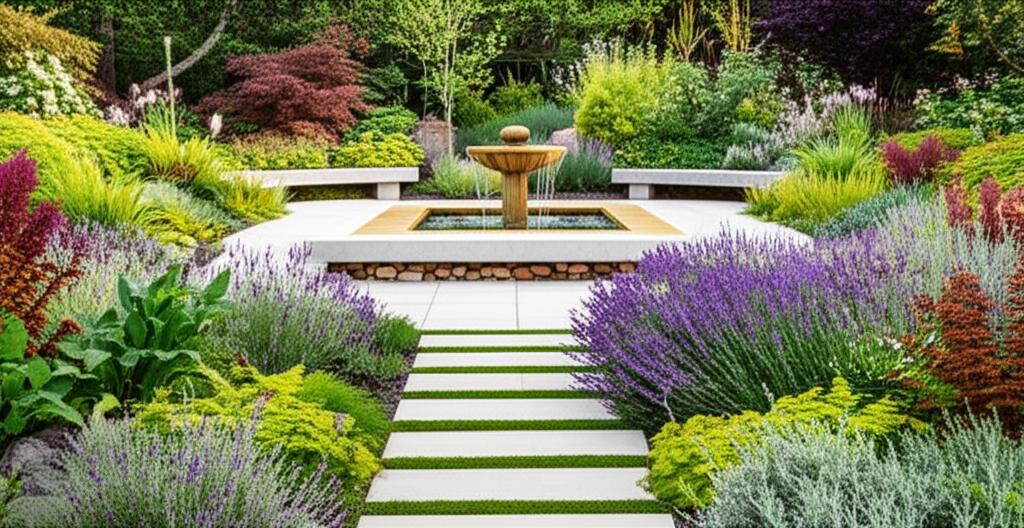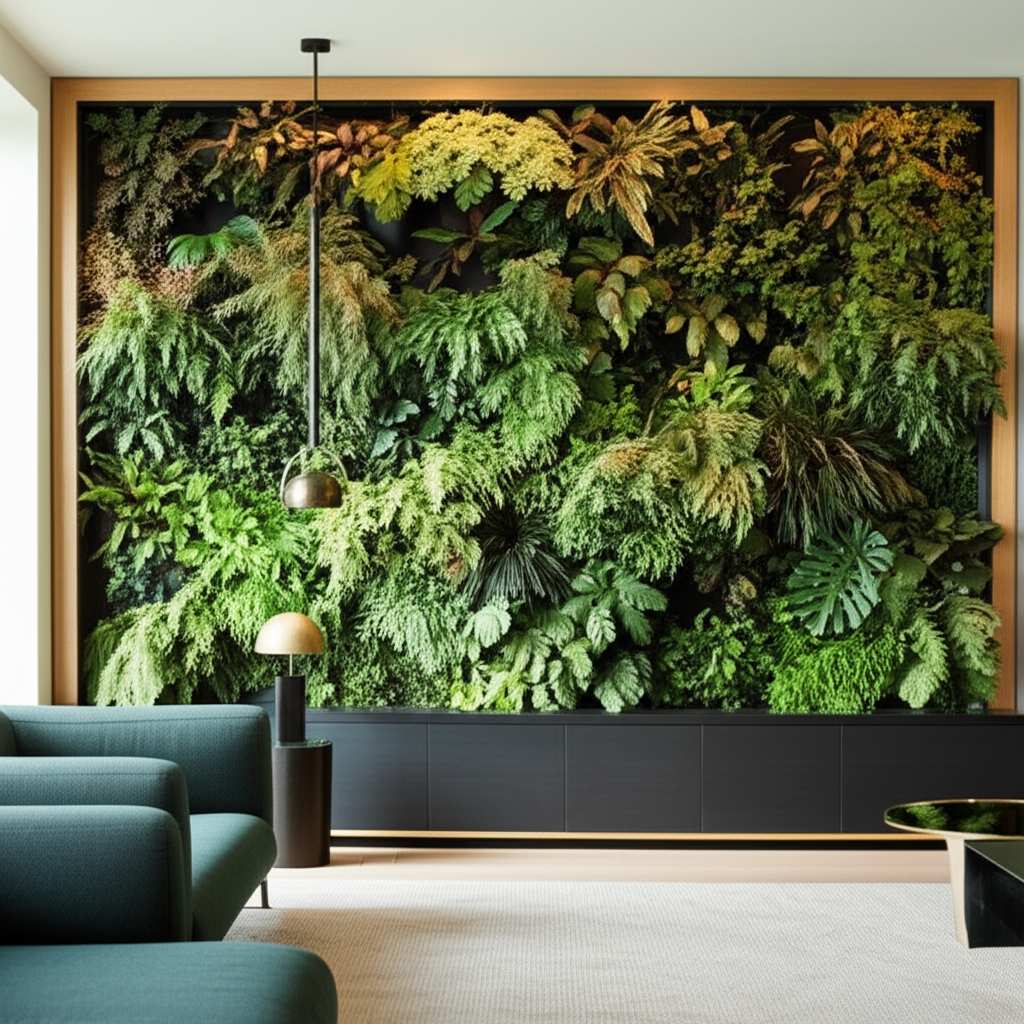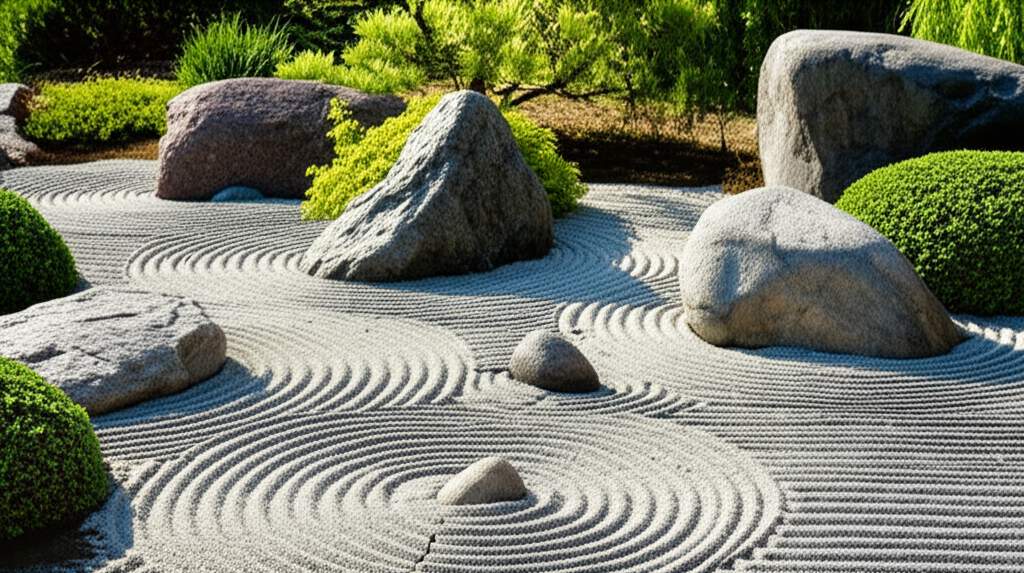Therapeutic Gardens: Landscapes for Mental Restoration
I stand in a quiet garden corner, where the gentle rustle of leaves in the wind changes the air, and a cluster of flowers lifts the weight from a difficult day. These moments show that gardens serve purposes beyond visual appeal: they influence emotions, breathing patterns, and self-connection. A well-designed garden becomes a restorative space, supporting mental well-being through thoughtful elements.
Defining Therapeutic Gardens
Therapeutic gardens focus on intentional design that prioritizes sensory comfort over mere aesthetics or rigid layouts. Curved paths encourage relaxed movement, seating areas promote stillness, and plant selections emphasize textures, scents, or sounds that soothe. Such spaces differ from decorative gardens by fostering calm, reflection, and security rather than strict order.
Experts in garden design recognize that these environments address common mental health challenges, such as stress or disconnection, by creating havens where people recharge naturally. For instance, incorporating elements that engage multiple senses helps users feel grounded and present.
Engaging the Senses for Emotional Balance
Design therapeutic gardens by layering sensory experiences, which guide relaxation and emotional stability. Each sense contributes uniquely to the healing process.
-
Sight: Use calming greens and blues for a cooling effect, with soft shapes and repeating patterns that allow the eyes to rest. Add subtle warm colors through small flower clusters to provide gentle stimulation without overwhelming the viewer.
-
Sound: Introduce water features, such as a small fountain, or rustling grasses that produce soothing rhythms. Birdsong from native plants attracts wildlife, creating natural sounds that ease mental tension.
-
Smell: Select fragrant herbs like lavender or rosemary, which evoke calm and trigger positive memories. These scents pull attention to the present, reducing anxiety more effectively than visual cues alone.
-
Touch: Incorporate varied textures, including smooth stones for paths, rough tree bark, or soft moss underfoot. Physical interaction with these elements grounds individuals, fostering a tangible connection to nature.
-
Taste: Include edible plants, such as mint or berry bushes, to encourage active participation. Harvesting and tasting fresh produce adds a sensory layer that enhances feelings of accomplishment and mindfulness.
Combining these elements transforms a static yard into a dynamic, supportive environment. Homeowners can start by assessing their space and selecting two or three senses to emphasize, ensuring the garden evolves into a personalized retreat.
Achieving Balance Between Order and Flexibility
Effective therapeutic gardens strike a balance: excessive structure feels restrictive, while complete chaos overwhelms. Use gentle organization, such as repeating a few plant types for unity, paired with open areas or meandering paths for exploration.
Consider a layout with a central stone path lined by consistent shrubs, allowing wildflowers to extend naturally into unstructured zones. This approach provides reassuring familiarity while inviting unexpected discoveries, much like the balance many seek in everyday routines. In practice, this design reduces decision fatigue and promotes spontaneous moments of peace.
Beginning Modestly and Allowing Evolution
Creating a therapeutic garden does not require an extensive overhaul. Begin with simple additions, such as a bench beneath a shade tree or a compact herb garden near a window. These initial steps establish a foundation that grows organically.
Observe how the space develops: note which features draw you back, like a particular scent that comforts during stress, or a quiet spot that encourages reflection. Over months or years, expand based on these insights, perhaps adding a water element in the second season. This gradual process ensures the garden remains relevant and effective for mental health support.
Building Personal Emotional Ties
Therapeutic gardens gain depth through personal elements, such as a plant from a cherished memory or a stone from a meaningful journey. These items infuse the space with significance, blending nostalgia and healing.
Time spent here emphasizes presence over achievement: sit quietly, tend to a few plants, or inhale the fresh air. Regular engagement builds emotional resilience, with studies in landscape therapy showing that consistent exposure to such environments lowers stress levels measurably within weeks.
Actionable Steps for Homeowners
Implement these strategies to develop your own therapeutic garden:
-
Identify a primary sensory focus, such as adding a fragrant plant or a textured path, to anchor the design.
-
Establish harmony through repetition, like using the same stone type for borders and seating.
-
Ensure comfort with dedicated rest areas, shaded spots, or open views that invite relaxation.
-
Personalize selections by incorporating meaningful items, prioritizing emotional resonance over trends.
-
Proceed gradually, adding elements seasonally and adjusting based on how the space influences your well-being.
Following these steps yields noticeable benefits, including improved mood and reduced anxiety, often within the first month of regular use.
Creating Lasting Renewal
Therapeutic gardens prove effective even in modest scales, deriving value from their impact on daily feelings. By integrating senses, balancing elements, and adding personal touches, you craft a living sanctuary. This space offers quiet healing through natural rhythms, herbal scents, and gentle sounds, supporting mental restoration in everyday life. At Dickinson's Garden Center, we guide homeowners in selecting plants and features that make these benefits accessible.


